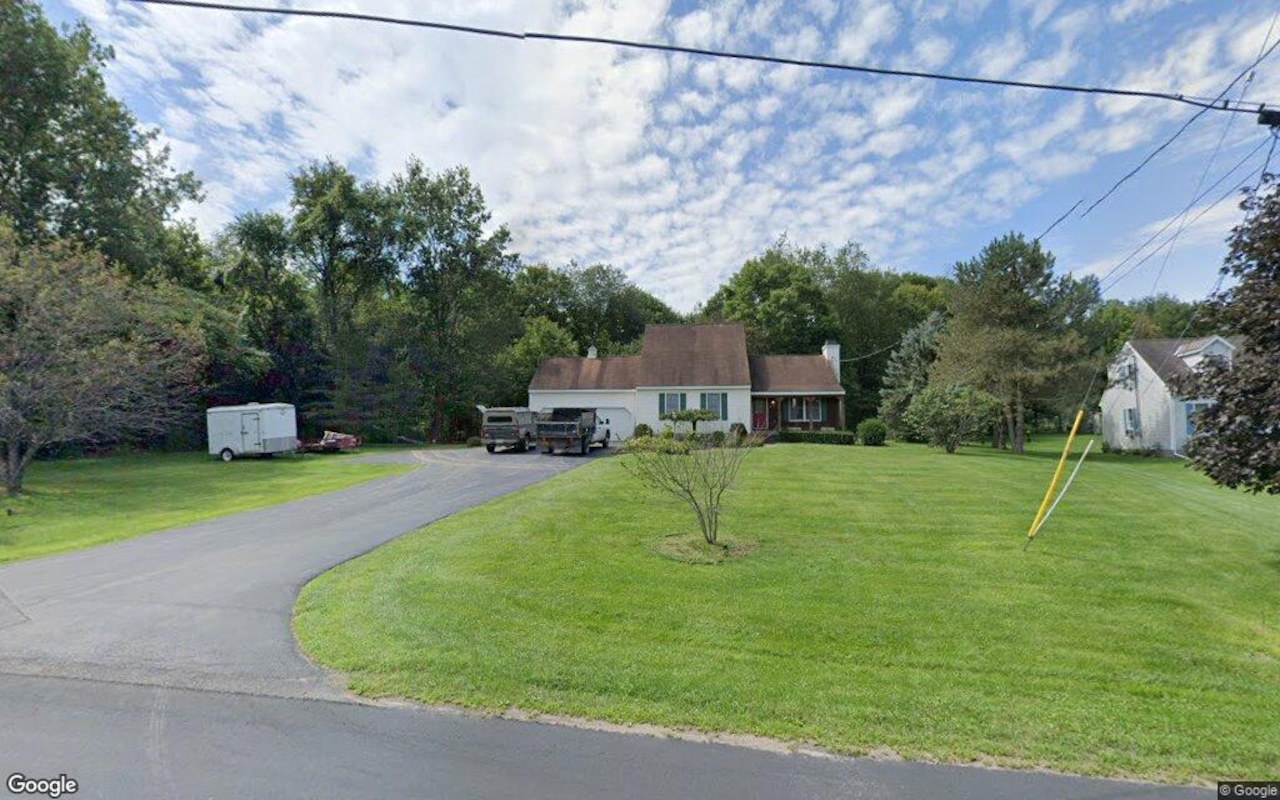I
t's taken Martin Selig over 50 years to build one of Seattle's largest downtown office portfolios, but just six months to lose control of most of it. Since last year, 19 of the 88-year-old developer's roughly 30 downtown buildings have been put under outside management or turned over to lenders due to pandemic-related vacancies that left him unable to cover $850 million in loans.
A King County court transferred nine Selig buildings to a custodial receiver on Wednesday after he defaulted on debt worth $378 million. This came just a month after he lost one of his prized assets, The Modern, a 36-story tower in Belltown, over a troubled loan of around $235 million.
Selig's situation is an uphill battle in an office market that's years from regaining its pre-pandemic vigor. "I don't see how he can overcome the low occupancy issues that he's experiencing in a way that would enable him to bring these properties out of receivership and continue to own and operate them," said Steven Bourassa, director of the Washington Center for Real Estate Research at the University of Washington.
Selig has made a career of comebacks, but his current list of office troubles is looking less like a temporary setback than the end of an era. In March, seven other Selig office buildings were put into receivership after defaulting on a $239 million loan. His company also cut 86 jobs in April.
Selig's properties are struggling due to high vacancies and low rents. The average age of the seven Selig buildings that went into receivership in March was 37 years, with an average vacancy rate of 40%. Many of his buildings are vintage, making them harder to keep full since the pandemic.
The office market is slowly recovering, but it's a slow process. Downtown Seattle is seeing signs of recovery, including lower crime rates and growing numbers of office workers. However, high vacancies have cut into landlords' revenue, making it harder to cover mortgage payments or refinance maturing loans.
Selig has other cards to play, including a reserve of downtown properties that could be developed in the next growth cycle or sold off to get through a downturn. He also had a good relationship with his creditors and enjoyed optimism about modifying and extending loans. However, many of these advantages have waned.
In April, Jordan Selig resigned to pursue other real estate interests, and Selig's pull with lenders has weakened. In May, he handed over two of the gems of his office portfolio after defaulting on a $240 million loan. Vacancy in both buildings had been above 80%, and their combined value had dropped from $195 million to $131 million.
Veterans of Seattle's commercial real estate world know better than to write off Selig, who has bounced back dramatically before. However, this time it may be different. If Selig emerges from the current troubles, it will likely be with a vastly smaller portfolio and little financial capacity for new development.













